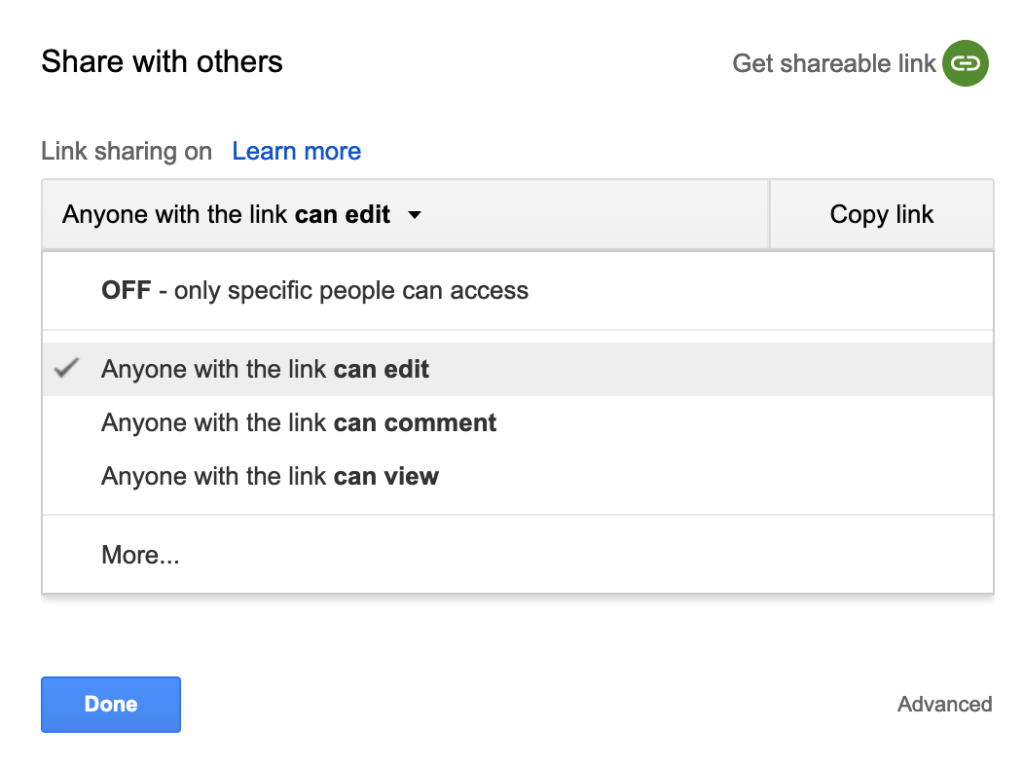Your final paper is the culmination of all your written work throughout the semester. It is an opportunity for you to exhibit your close reading skills and your familiarity and engagement with the course texts. For this paper, you will identify a theme of interest and engage two or more course texts to explore that theme. The paper will be organized with a thesis statement, supporting points, and evidence. Throughout the writing process, I will collect and respond to portions of the assignment, such as proposals and drafts, and you will engage in peer review. The aim of the paper is to showcase the skills for summary, critical reading, and formal analysis that you’ve developed over the past couple of months. Length: 3-4 pages, double spaced in MLA format. Due on May 21, Thursday, at midnight via shared link on Google Sheets.
Share your Proposals and Drafts to this Spreadsheet
Upload your Final Papers to this Folder
Proposals
In your proposal, indicate the general topic that you will be writing about, explain your reasoning and interest behind the topic, and point to specific texts that you will incorporate into your exploration. The proposal is due on May 1, Friday, as a shared link on Google Sheets. Use the following questions to guide your proposal:
- Why are you drawn to this topic?
- What specific themes do you want to discuss?
- Which texts will you use to explore that theme? Identify two course readings that you will be using for evidence.
- You should have at least 3 quotes that you think you will use in your paper. If the quote is more than two lines you do not have to write down the whole passage, just the first and last line of the passage, cited in MLA.
- The proposal should be about 300 words long. Submit your proposals via this Spreadsheet
First Draft
The first draft should be completed and posted by the time we have our group Peer Review, on Thursday, May 14. It should have at least 3 pages, contain a “working thesis,” and at least a few body paragraphs. Post a shared link to your First Draft on the Google Sheet.
A couple of notes on the “working thesis”:
- A “working thesis” is thesis statement in progress that you are using to guide your paper’s overall argument. It does not need to be perfectly articulated at this point. Keep your working theses between one and two sentences.
- Focus your thesis on exploring a single, specific theme across two or more authors. What do you learn about this theme from the selected readings? How do the readings enhance or complicate the theme?
Close Reading
Like your Annotation Papers, this paper also requires careful attention to language. Throughout your argument, you will have to refer to evidence from the text itself by quoting phrases, sentences and passages that support each of your claims. When close reading the text, remember to (1) identify the context and literal meaning of the quote; (2) discuss figurative language; (3) connect your analysis to a theme.
Engagement of Texts
This paper requires you to consult at least two texts from the course readings, in order to engage their ideas. You might explore how one idea pops up across two or more texts, and then consider the nuances in how each author understands this idea. Or, you might pose one author against another, seeing how they complicate or problematize the other’s ideas. Finally, you might find something to argue against—that is, find something in your source that you disagree with, and use your own evidence and analysis to back up your disagreement. Sometimes it is easier to complicate an existing argument by showing nuance and grey areas.
Organization:
In well-organized papers, all of the components are present. A basic outline has a Thesis, supporting points (or paragraphs), with Claim, Evidence, Analysis for each point. To make sure that all the necessary parts are there, you ought to create an outline before drafting. While drafting, make sure you begin each paragraph with a topic sentence that previews your upcoming point and close it in a way that moves your argument forward and/or links back to the thesis.
Uploading your Documents to Google Drive
Once you are at the folder on Google Drive, click “NEW” (next to a little plus sign) on the top right.
On the dropdown menu that appears, click “FILE UPLOAD.” Then you can select which file to add to the folder. You’re done!
How to Share Google Docs Links to Google Sheets
Please follow these directions to share your Proposals and First Drafts on the Class Spreadsheet. Pay special attention to number 4, which is often overlooked and can prevent me from seeing your work.
If you aren’t already working on Google Docs, create a new document on Google Docs (requires a gmail account). Copy/paste your written work into the document. It’s okay if you’re still drafting, you can keep working on the essay in googledocs.
Then, Share your draft by pressing the “SHARE” button on the top right hand corner.
In the window that pops up, select “GET SHAREABLE LINK.”

In the “ANYONE CAN…” drop down menu, select “EDIT” — if you do not change this setting to “EDIT,” then other people (including myself) won’t be able to see or comment on your draft.
Copy the link, and paste it next to your name in the class spreadsheet.

